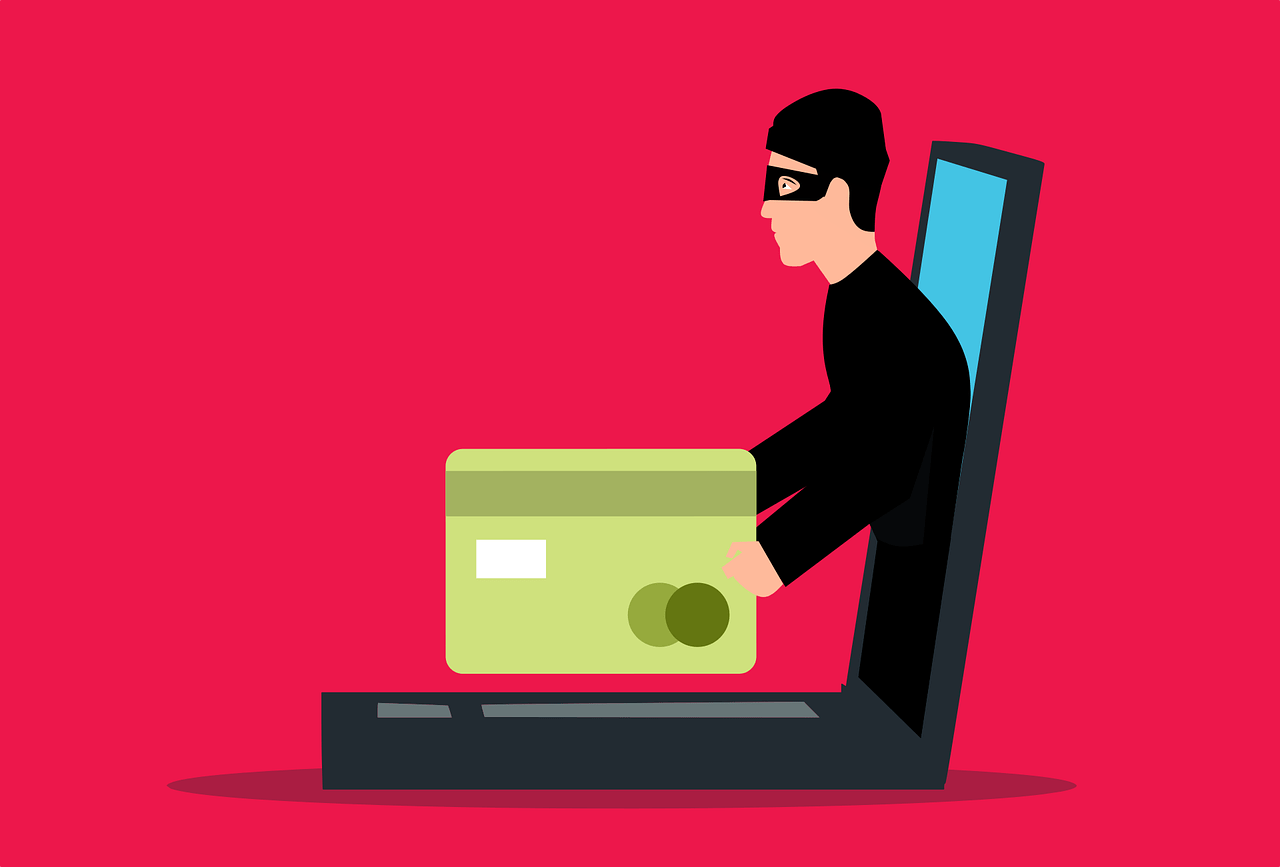How Can I Have Fraudulent Information Removed From My Credit Report
Posted on Feb 17, 2023 By: Melissa Cook
A credit report is supposed to be an accurate, comprehensive summary of your financial history... and this is why you must do what you can to protect it.
Unfortunately, we live in a digital society which makes us potential victims of fraud and identity theft.
Your important personal information is out there, just waiting to get into the wrong hands.
With consumers lodging over 1.4 million identity theft complaints to the FTC in 2020, the faster you stop it, the better off you will be.
If you find suspicious activity on your credit report or are a victim of identity fraud, you may want fraudulent information removed from your credit report.
How Did The Wrong Info Get In My Credit Report?
Sometimes a human error is to blame for the wrong transactions showing up on your credit report.
There may be someone with a similar name whose credit profile got mixed up with yours, or someone may have transposed the digits in your Social Security number.
Sometimes, these may be a result of fraud or identity theft.
Someone may have purposefully opened a credit card account in your name.
Signs Of Identity Theft
- Failing to receive monthly bills or other regular mail
- Receiving credit cards that you didn’t apply for
- Getting letters or calls from businesses or debt collectors about merchandise you didn’t buy or loans you didn’t take
- Being denied credit or being offered unfavorable credit terms for no apparent reason
How To Remove Fraudulent Information From Your Credit Report
Luckily, there’s a fairly straightforward process for clearing your credit report of fraudulent information.
The process works the first time sometimes, but in other cases, you may have to repeat or take another course of action to obliterate fraudulent info.
Step 1: Order your credit reports from the three major credit bureaus. You’re entitled to one free copy from each credit bureau every 12 months. If you have already ordered one, pull the other two and scrutinize them.
Step 2: After reviewing your credit reports carefully, note down any unfamiliar credit accounts or suspicious activity. Suspicious activity can include indications of delinquent payments and incorrect addresses.
Step 3: Dispute the account with the company that listed it on your credit report. To prevent any future billings made to the account in your name, you will want to have the account closed. Having the company flag the account as fraud will help clean it from your credit report.
Step 4: Dispute the account with the credit bureau(s) that have it listed on your credit report. You can do it by phone, via mail, or online. When you send your dispute via (certified) mail, you get a paper trail that can be advantageous if the credit bureau doesn’t resolve the dispute in your favor. A sample dispute letter can be found on the FTC’s website.
Step 5: The credit bureau is legally required to investigate your claim within 30 days, on condition that the claim isn’t frivolous. You have the right to file a lawsuit against a credit bureau that ignores this law. If you have any proof that supports your claim, you can fax, mail, or upload a copy.
Step 6: The credit bureau’s investigation will ideally return in your favor, and the account will be deleted from your credit report.
What If Fraudulent Information Isn’t Removed?
If the credit bureau refuses to change your report, it’s likely because the business confirmed to the credit bureau that the account indeed belongs to you.
If you still believe the information is inaccurate, the best next step is to work with the business to prove that the account is fraudulent. Speak with whoever is involved with finance at the company and provide evidence that the account doesn’t belong to you.
Complaining to the CFPB may inspire the credit bureau and the company that furnished the info to take a closer look at your credit report. Companies with many complaints risk getting penalized by the CFPB.
While it won’t force a company to take any action in your favor, the CFPB may help you get the account marked as fraudulent and deleted from your credit report. If the CFPB thinks another government agency would be in a better position to help you, they’ll forward your complaint to that agency and inform you.
If you still have problems after taking these steps, you can take legal action against the credit bureau. Reach out to a consumer rights attorney practicing in your state. They’ll help you sue the credit bureau/s for negligent or willful noncompliance under the Fair Credit Reporting Act (FCRA).
You Removed The Fraudulent Information, Now What?
Freeze Your Credit Reports
Credit bureaus will ordinarily send credit reports to virtually anyone who asks, but placing a security freeze on your account means they’ll have to check with you first.
If your credit files are frozen, an identity thief with your personal details will not be able to obtain credit in your name.
There are no joint credit report freezes; you must contact each of the credit bureaus individually, online, or via mail.
Experian, P.O. Box 9530, Allen, TX 75013; 888-397-3742; www.experian.com
Equifax, P.O. Box 740256, Atlanta, GA 30374; 800-465-7166; www.equifax.com
TransUnion, P.O. Box 2000, Chester, PA 19016; 800-680-7289; www.transunion.com
There’s no cost for placing or lifting a security freeze on your credit reports
Place A Fraud Alert
If you want that extra protection, placing a fraud alert on your credit report alerts potential creditors to contact you before any new account is opened in your name.
To do it, contact any of the 3 major credit bureaus. The bureau you contact will inform the other two bureaus to place fraud alerts on your credit report too.
Remember to include your email address, home address, and cell phone number where you can be easily reached. You will receive a confirmation message from each of the credit bureaus that a fraud alert was placed on your credit report. The alert will remain for 90 days, and you can renew it after that.
File A Police Report
Identity theft is a serious crime which is why you should report it to your local law enforcement agency.
Conclusion
Checking your credit report at least once a year is crucial.
These regular check-ins will help you notice any errors that might be hurting your credit.
Follow the above steps to have fraudulent information removed from your credit report.
How Credit9 Can Help You
At Credit9, we offer loan options that could provide you with the financial solution that works best for you.
Since 2018, Credit9 has provided over $460 Million in loans to over 36,000 of our customers, and we’re confident we can help you too.
For more information about Credit9’s unique debt consolidation services, contact us today to see how we can help you consolidate your debts and receive a free, no-obligation, and fully-customized Credit9 loan solution!
Debt Consolidation Loan
 Credit Scores
Credit Scores
 Paying For A “Delete” (Is It A Good Idea?)
Paying For A “Delete” (Is It A Good Idea?)
 Did the CARD Act Really Protect College Student Credit Scores?
Did the CARD Act Really Protect College Student Credit Scores?